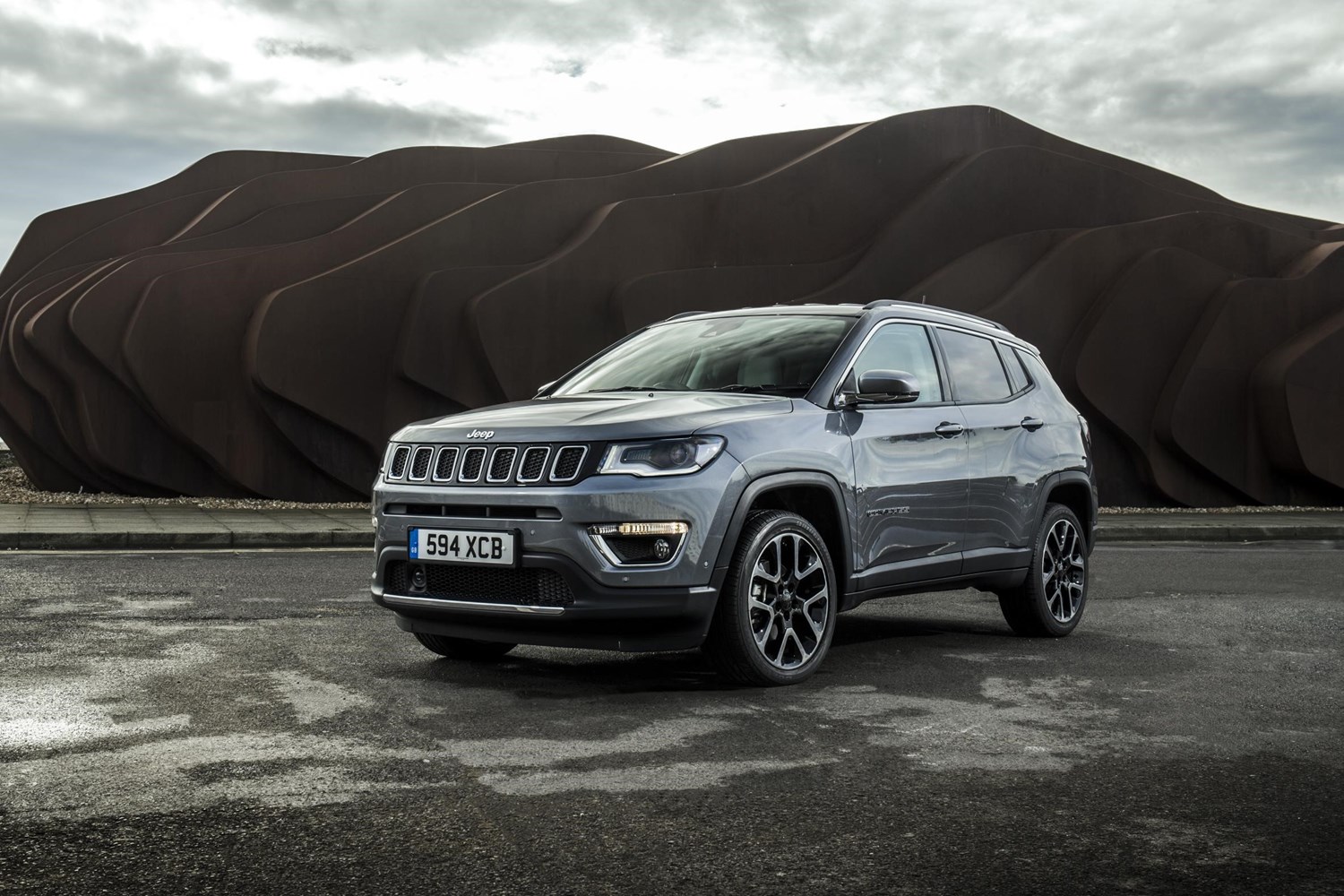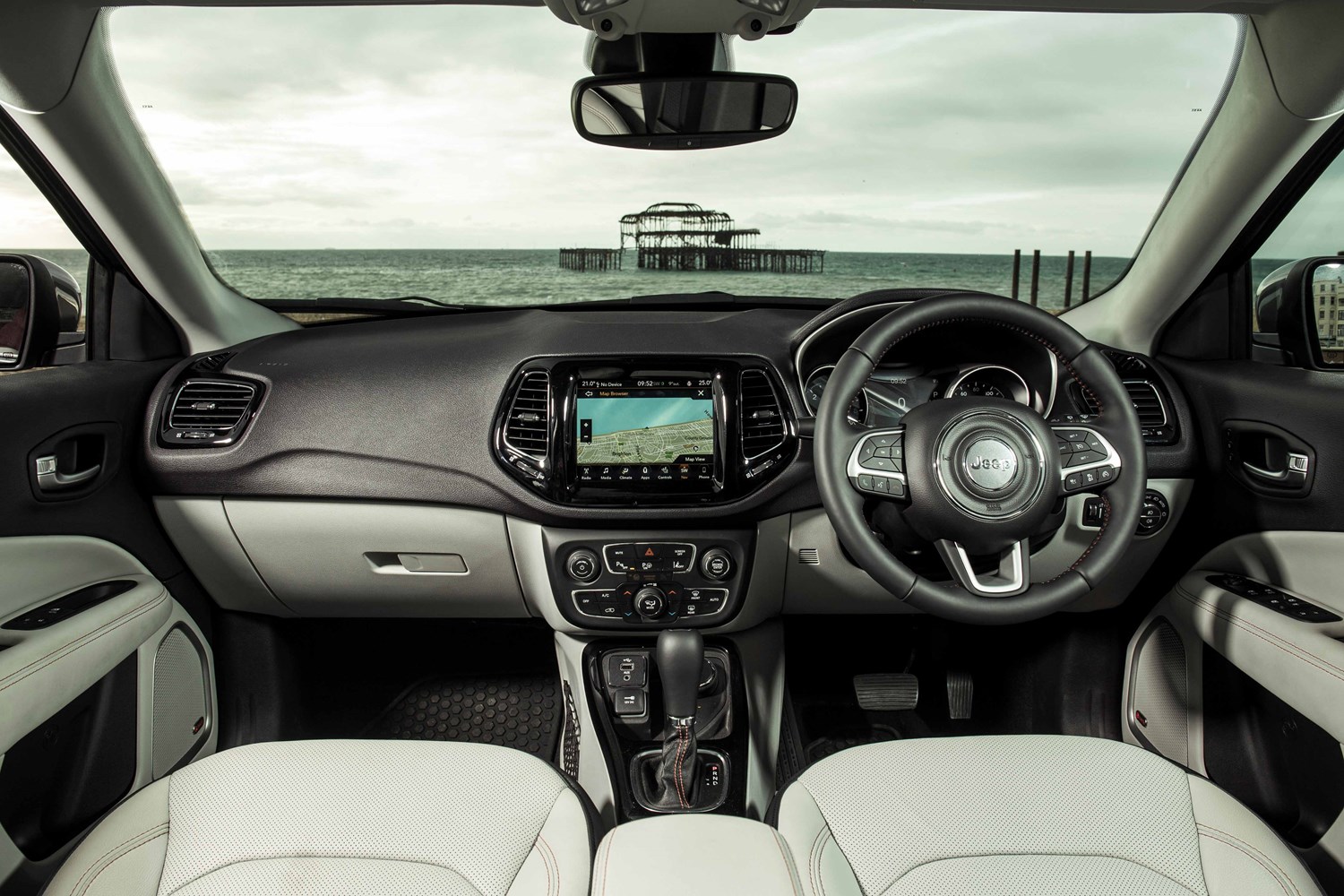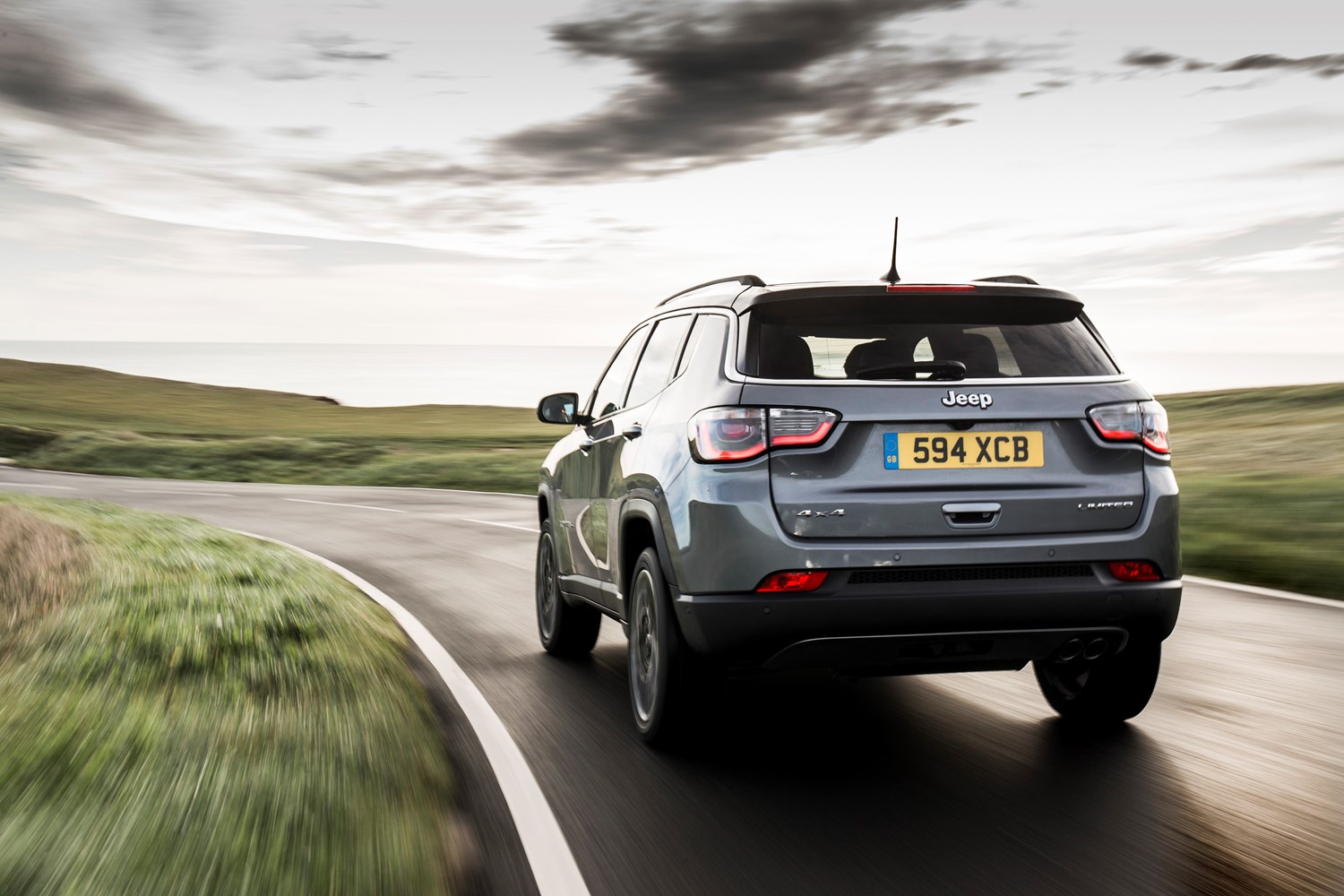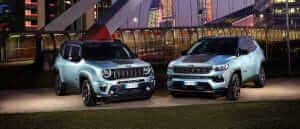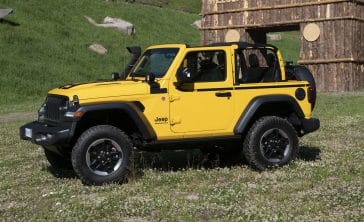Latest model
It would be a further four years before the second-generation Jeep Compass would arrive in the UK, and it became more of an upmarket model in the process with a more imposing and modern design than its predecessor.
It also saw a big uplift in technology, with the new Compass getting a range of new driver assistance features and in-car technology – including a large 8.4-inch touchscreen and semi-digital instrument clusters to name just a few features. While front-wheel-drive versions would feature prominently in the line-up, Jeep wouldn’t forget about four-wheel-drive capability, which promised to be the best in its class. A more extreme Trailhawk version also introduced more rugged styling and additional off-road technology.
Though Jeep Europe has recently announced updates to its Compass – including new engines and the addition of a plug-in hybrid – these models are yet to reach the UK.
Value for money
In terms of pricing, the Compass sits towards the top end of this spectrum, with its £27,125 starting price being noticeably higher than that of rivals like the Nissan Qashqai and Seat Ateca. You do get plenty for your money, though, including keyless entry and start and a large 8.4-inch touchscreen, though it’s still not as generous as it perhaps should be. The cheapest four-wheel-drive model also costs £31,540 if you’re after a new one.
As for used Compass models, first-generation examples start from around £3,000, which makes it a very affordable 4x4, if a model has this selected. As for the latest generation, at the time of writing a three-year-old example could be had from around £14,000, though we’d argue nearly-new models seem to be the best option. With pre-registered delivery mileage examples available from around £20,000, it represents a vast saving on the new price.
Looks and image
A key draw to the Compass is the way it looks. If you like your crossover or SUV to look as rugged as possible, this Jeep will certainly fit the brief. Its funky seven-slot grille makes it look unmissable like a ‘Jeep’, while square wheelarches also help to add to the chunky presence. All versions come with large alloy wheels, too, while you can make it look even more rugged by choosing the Trailhawk, which features raised suspension and special graphics.
Inside, the Compass isn’t quite so appealing, though, as there’s lots of cheap plastics on show that don’t feel befitting of its price, while the overall layout just looks quite busy and cluttered compared to rivals. Despite that, the large 8.4-inch touchscreen fitted across the line-up is easy to use and also adds a modern look to the cabin.
If you’re looking for genuine off-road ability in this class, it’s safe to say that four-wheel-drive models can get further off the beaten track than just about all its rivals, with its impressive ability on a range of terrains, especially the top Trailhawk versions. Despite this, it’s on-road dynamics fall short of the mark, with steering that has limited feel, and it rolls through the corners. Just about all rivals feel more planted and are better to drive on tarmac.
